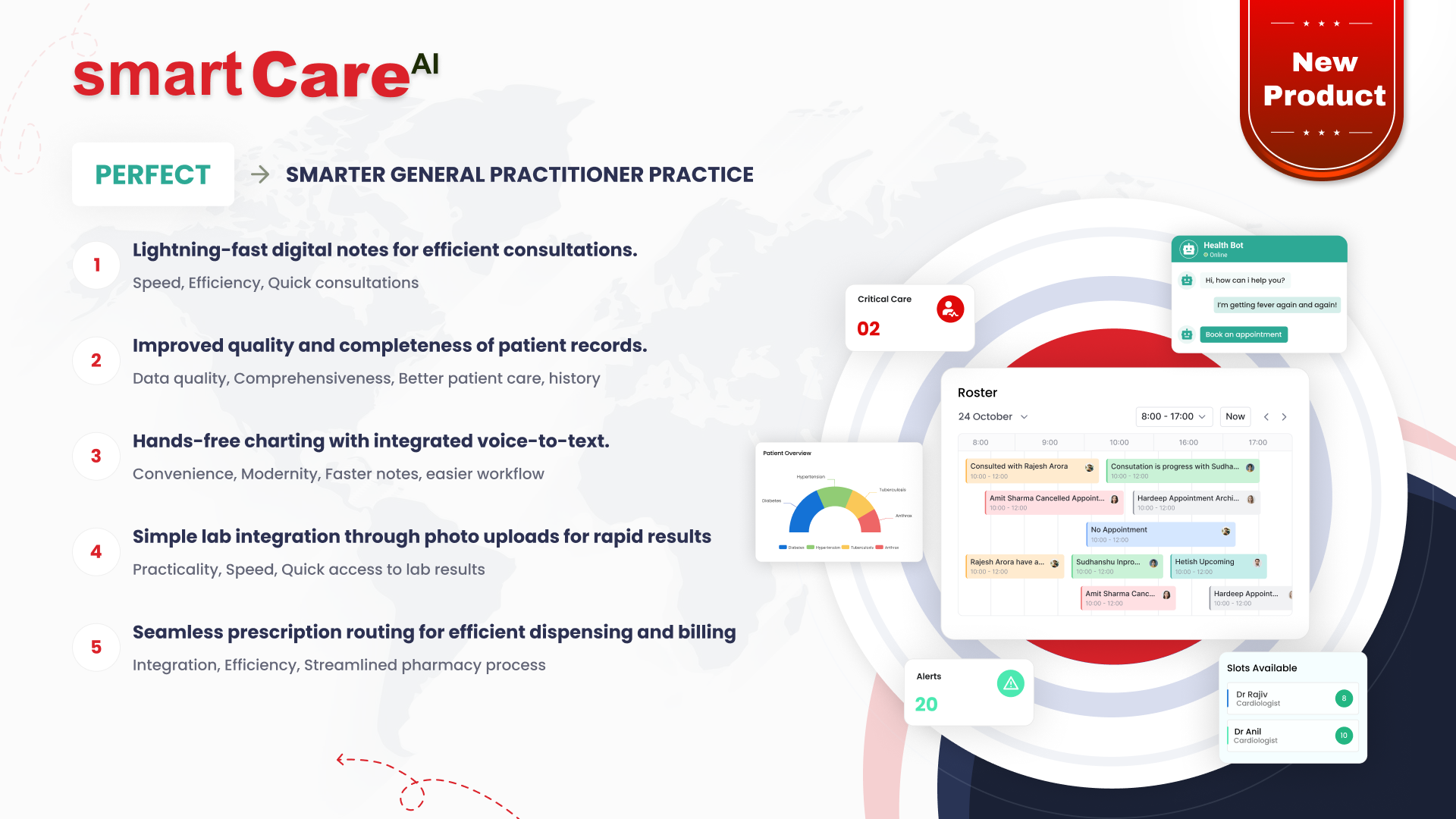
Posted On March 3, 2025
What Are the Costs and Benefits of Integrating IoT with EHR Systems
The integration of the Internet of Things (IoT) with Electronic Health Records (EHR) is transforming healthcare by enhancing efficiency, accuracy, and patient care. However, adopting this technology involves both costs and benefits. In this blog, we explore these factors to help healthcare providers make informed decisions.
How IoT Enhances Electronic Health Records for Better Patient Care
IoT-powered EHR systems improve patient care by ensuring real-time monitoring and data collection. Wearable devices and smart sensors allow doctors to track patient vitals remotely, reducing hospital visits and enabling early intervention. This integration leads to personalised treatment plans, faster diagnoses, and overall improved patient health outcomes.
The Initial Costs of Integrating IoT with EHR Systems
The upfront costs of implementing IoT in EHR systems can be significant. These expenses include:
-
Purchasing IoT devices such as wearables and sensors
-
Upgrading existing IT infrastructure
-
Training healthcare staff on new technologies
-
Ensuring cybersecurity measures to protect sensitive patient data Despite these initial investments, the long-term advantages often outweigh the costs.
Long-Term Savings: How IoT Reduces Healthcare Costs Over Time
While the initial setup is costly, IoT integration can lead to substantial cost savings in the long run. Hospitals and clinics benefit from:
-
Reduced hospital readmissions due to remote monitoring
-
Lower administrative costs through automated data entry
-
Optimised resource management, ensuring better allocation of medical staff and equipment
-
Early disease detection, preventing expensive treatments later on These savings contribute to a more sustainable healthcare system.
Improving Real-Time Data Collection with IoT-Enabled EHR Systems
IoT integration enhances real-time data collection, leading to more accurate medical records. Smart devices continuously transmit patient data to the EHR system, reducing manual errors and ensuring that healthcare providers have up-to-date patient information. This improvement enhances diagnosis accuracy and facilitates proactive treatment approaches.
How IoT Integration Enhances Workflow Efficiency in Healthcare
IoT streamlines healthcare operations by reducing paperwork, automating data collection, and minimising delays in patient care. Doctors and nurses can access real-time data without manually updating records, allowing them to focus on patient treatment rather than administrative tasks. This efficiency leads to improved staff productivity and a better patient experience.
Addressing Security Challenges in IoT and EHR Integration
Security is a major concern when integrating IoT with EHR systems. The increased connectivity exposes healthcare organisations to cyber threats, including data breaches and unauthorised access. To mitigate these risks, robust encryption, multi-factor authentication, and regular security updates are essential. Compliance with healthcare regulations such as HIPAA and GDPR ensures data protection, but maintaining security requires ongoing investments in cybersecurity infrastructure.
The Role of IoT in Remote Patient Monitoring and Data Accuracy
IoT-driven EHR systems enable remote patient monitoring (RPM), reducing hospital visits and improving chronic disease management. Wearable devices and smart sensors provide continuous health data, allowing doctors to detect abnormalities in real time. This not only enhances patient outcomes but also reduces emergency admissions. However, ensuring the accuracy and reliability of IoT-generated data is critical to avoid misdiagnoses and treatment errors.
How IoT-Driven EHR Systems Improve Patient Engagement and Outcomes
Integrating IoT with EHR systems empowers patients by giving them real-time access to their health data. This transparency encourages proactive health management, medication adherence, and timely follow-ups. Additionally, personalised health insights based on IoT data help doctors provide tailored treatments. While improved engagement leads to better outcomes, healthcare organisations must ensure user-friendly interfaces and adequate patient education to maximise benefits.
Scalability: Is IoT Integration a Future-Proof Investment for Healthcare?
Investing in IoT-EHR integration requires a long-term perspective. Scalable IoT solutions allow healthcare providers to expand data-driven care models without significant disruptions. Cloud-based architectures and AI-powered analytics further enhance scalability, enabling predictive insights for population health management. While initial costs may be high, a well-planned integration strategy can yield significant operational and financial benefits in the long run.
Key Considerations for Healthcare Providers Before Investing in IoT-EHR Integration
Before adopting IoT-EHR integration, healthcare providers must evaluate several factors:
-
Cost vs. ROI: Weighing upfront costs against long-term savings from improved efficiency and reduced hospital readmissions.
-
Data Interoperability: Ensuring IoT devices can seamlessly communicate with existing EHR systems.
-
Regulatory Compliance: Adhering to data privacy laws and security standards.
-
Technical Expertise: Investing in staff training and IT support to manage new technologies effectively.
Conclusion
Integrating IoT with EHR systems presents a mix of costs and benefits for healthcare providers. While the initial investment is considerable, the long-term advantages—such as improved patient care, cost savings, enhanced workflow efficiency, and real-time data collection—make it a worthwhile investment. Healthcare organisations looking to stay ahead in the digital age should consider implementing IoT-enabled EHR systems to improve both operational efficiency and patient outcomes.
For more insights on digital healthcare solutions, visit smartdatainc.com.
